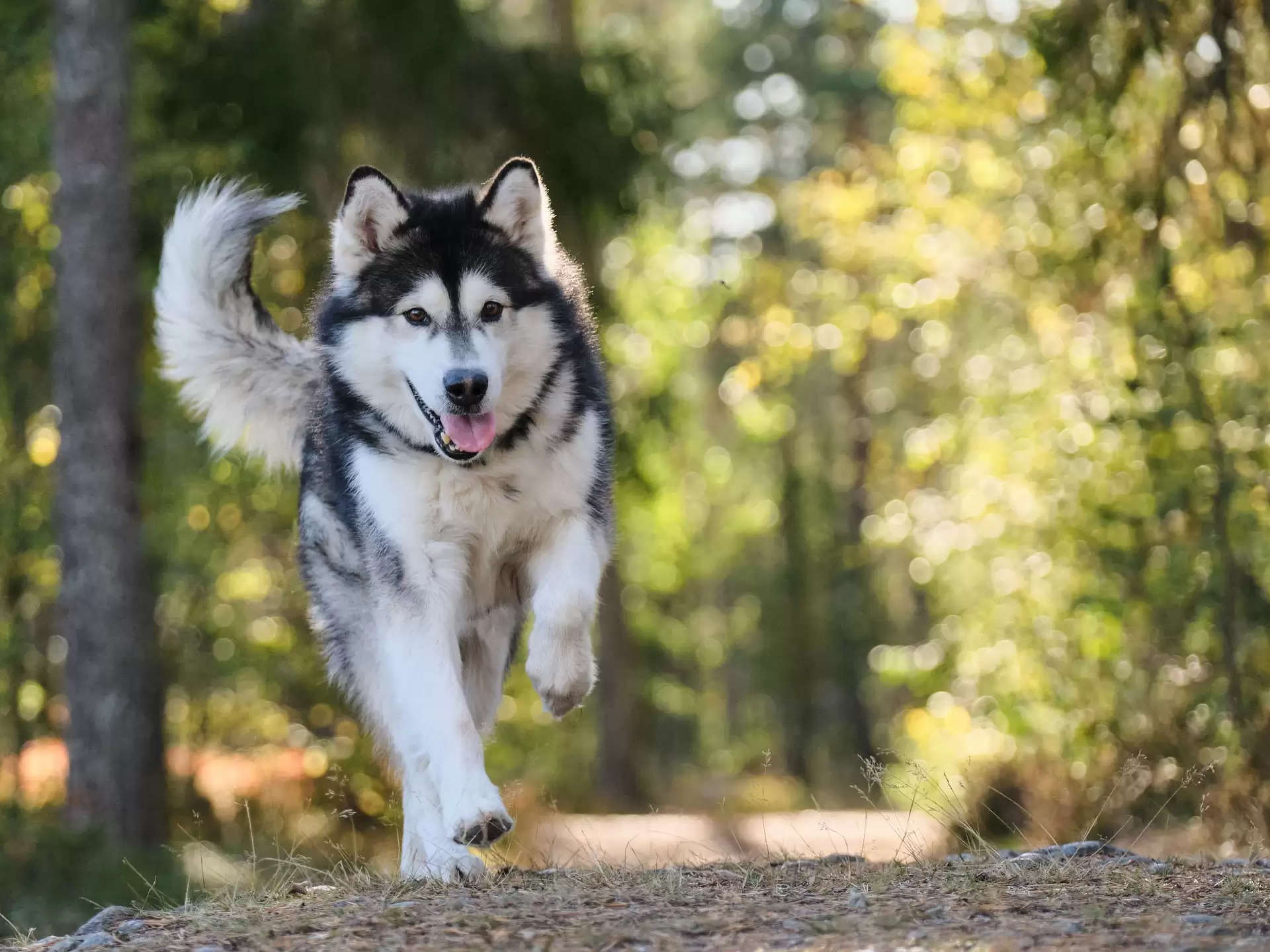Canine Capers: Fascinating Dog Facts

Diving into the Canine World
Dogs have held a special place in human hearts for millennia. From companionship to vital roles like sentries and hunters, they've etched their mark on human history. But beyond their familiar roles, the world of dogs is a fascinating tapestry of traits, behaviors, and abilities that continue to astound us.
The Origins of Our Canine Companions
The story of dog domestication stretches back thousands of years. Fossil evidence suggests a relationship dating to 23,000 years ago, while recent DNA studies push this timeline further. Derived from ancient wolves, these early dogs accompanied humans across continents, leaving their paw prints in diverse cultures and landscapes.
Genetic Diversity in Man's Best Friend
Despite their vast array of sizes, shapes, and temperaments, dogs owe their diversity to a surprisingly small set of genes. Traits like coat type, size, and ear shape are governed by a handful of genetic variations, showcasing nature's efficiency in crafting canine variety.
Seeing the World Through Canine Eyes
Ever wondered why dogs seem to navigate the night effortlessly? Their exceptional night vision is a marvel of biology. With rounded corneas, wide-opening pupils, and a specialized layer in their retinas, dogs excel in low-light conditions, granting them a nocturnal advantage.
The Nose Knows: A Dog's Superpower
A dog's sense of smell is legendary, capable of detecting scents imperceptible to humans. Their olfactory prowess extends to discerning emotions, with studies showing they can distinguish stress from calmness through scent alone.
A Palette of Tastes
While dogs share our love for certain flavors, their taste buds perceive the world differently. Artificial sweeteners, for instance, often taste bitter to them, with one notable exception—xylitol, a dangerous substance found in many household items.
Whiskers: More Than Meets the Eye
Beyond their adorable appearance, a dog's whiskers serve a vital sensory function. From gauging distances to maintaining balance, these vibrissae are essential tools in a dog's sensory arsenal.
Unraveling Canine Intelligence
Dogs' cognitive abilities never cease to amaze. From border collies with prodigious memories to breeds displaying remarkable problem-solving skills, their intelligence rivals that of young children.
The World Through Dog Eyes
Color perception in dogs differs markedly from humans, with their vision skewed towards blues and yellows. Understanding their visual perspective helps in designing environments and training methodologies tailored to their needs.
Master Trackers
A dog's tracking abilities are unparalleled, relying on a combination of scent, terrain analysis, and instinct. Evading a determined tracker is no easy feat, as they excel in discerning even the faintest scent trails.
The Unique Identity of a Nose Print
Much like human fingerprints, a dog's nose print is believed to be unique. Although subtle, these distinctions offer insights into identification and behavioral patterns, underscoring the individuality of every canine.
The Paw Preference Conundrum
While dogs display a subtle preference for paw usage, its implications remain a topic of debate among researchers. Understanding this behavior sheds light on canine cognition and motor skills.
Conclusion
Dogs continue to captivate us with their complexity, intelligence, and unwavering loyalty. As we uncover more about their world, our appreciation for these remarkable creatures only deepens, reinforcing the timeless bond between humans and their faithful companions.
.jpg)
